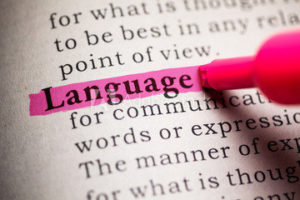
Can people disguise the way they write?
Can people deliberately fake their writing style?
By way of background…
Perhaps 25% of the cases I handle involve the authorship of anonymous, disputed, or forged documents. The client wants to know who’s writing those nasty, threatening emails or letters. I typically ask the client for writing samples from the suspected author. Sometimes there’s more than one suspect, and I have to decide which of them may be the author of the anonymous document(s).








